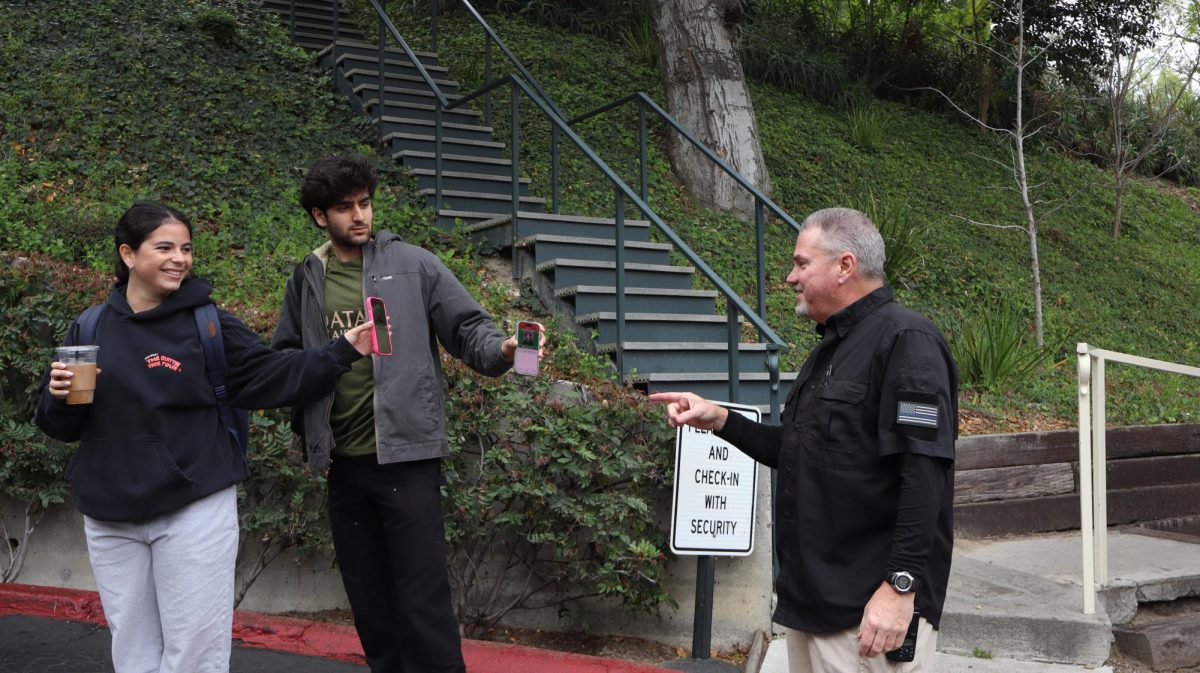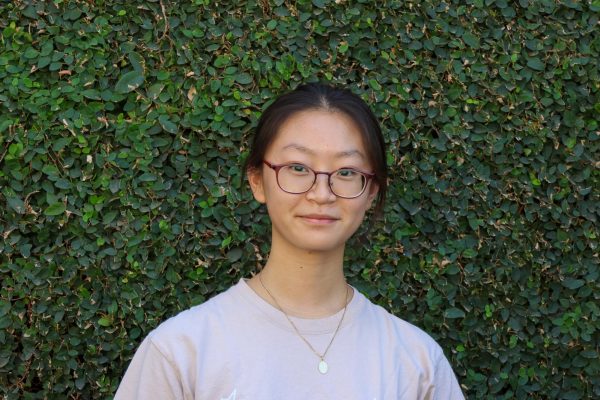The Interdisciplinary Teaching Cohort, a coalition of teachers across departments, met for the first time Aug. 30. Upper School World Languages Teacher Bin He started the program this school year. The cohort aims to foster collaboration across departments, including English, performing and visual arts, science and mathematics. The departments will share resources and discuss strategies to improve student learning.
He said the idea to create the cohort stemmed from his previous teaching experience at the school and what he observed from his colleagues’ approaches.
“The inspiration came from my experiences during my first year at Harvard-Westlake, where I explored many interdisciplinary approaches,” He said. “By my third year, I created my own interdisciplinary course, China Studies. In working with teachers from various departments, I noticed that many of them were also incorporating interdisciplinary elements into their teaching. This sparked the idea of creating a long-term platform where educators would be able to connect, share their work and collaborate more effectively.”
Director of Kutler Center and Summer School Programs Jim Patterson said he decided to support the project because it aligned with the goals of the Kutler Center.
“[He] came to me and [Upper School History Teacher and Interdisciplinary Studies Department Head Larry Klein] last spring with an idea to create a cohort of teachers who were interested in applying interdisciplinary concepts and learning to their classrooms,” Patterson said. “Because the Kutler Center supports all interdisciplinary initiatives, both [Klein] and I felt that it was a good project to support. At least one of us will attend each meeting throughout this year and support [them] in whatever way we can.”
Upper School Visual Arts Teacher Alexandra Pacheco Garcia said she chose to become a part of the group because her projects often incorporate material from other departments.
“I decided to join the cohort because I’m looking for new opportunities to connect with other disciplines and trying to find different ways to connect what my students are learning to other aspects of their academics,” Pacheco Garcia said. “There’s a field trip to Puerto Rico over spring break where we get to see this place through the lens of art, language and science. We have a Spanish teacher as well as a science teacher who are both going to be helping to provide a lens for different places that we will be visiting, such as the rainforest, the caves or the bioluminescent bay.”
He said the cohort is an opportunity for teachers and faculty to share ideas in order to enrich the learning and teaching experience.
“By working together, we can create more engaging, cross-disciplinary projects that provide students with a broader understanding of complex topics,” He said. “This group offers a space for professional growth, helping teachers discover new approaches and perspectives.”































